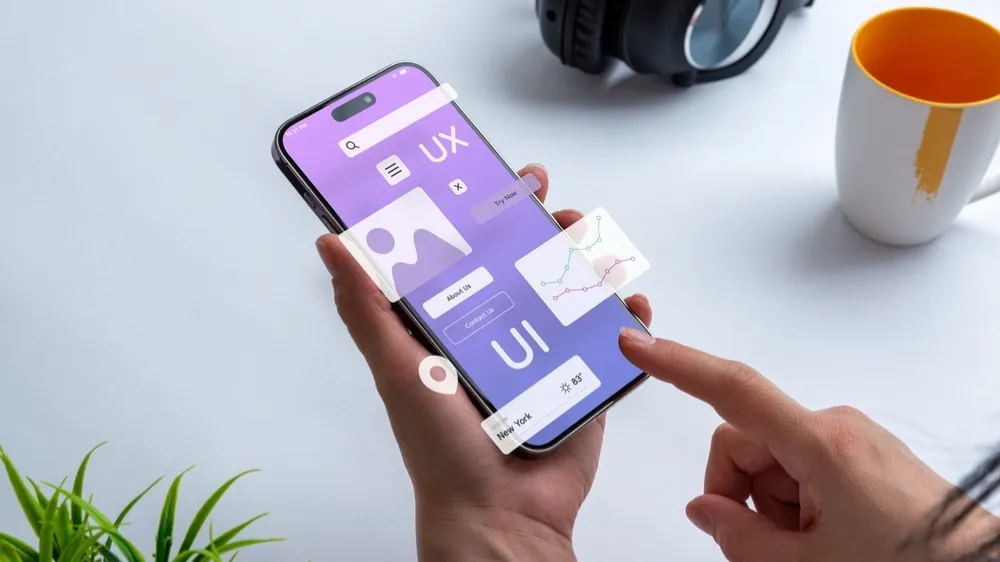Top Mobile App Development Frameworks in 2024
Mobile app development is a rapidly evolving field, with new frameworks and tools emerging each year. In 2024, developers have access to a range of powerful frameworks that make it easier to build high-quality Android and iOS apps. In this blog post, we’ll explore the Top Mobile App Development Frameworks for 2024 and how they can help you create stunning mobile applications. 1. Flutter Flutter is an open-source framework developed by Google that allows developers to build natively compiled applications for mobile, web, and desktop from a single codebase. Its hot-reload feature and extensive widget library make it a popular choice for building visually appealing and responsive apps. 2. React Native React Native, developed by Facebook, is a popular framework for building mobile applications using JavaScript and React. It allows developers to create apps for both Android and iOS using a single codebase, making it a cost-effective solution for cross-platform development. 3. Xamarin Xamarin is a Microsoft-owned framework that allows developers to build native Android and iOS apps using C#. It offers a range of tools and libraries that simplify the development process and provide a native-like experience for users. 4. Ionic Ionic is a popular framework for building hybrid mobile apps using web technologies like HTML, CSS, and JavaScript. It allows developers to create cross-platform apps with a single codebase, and its integration with Angular makes it a powerful tool for building interactive and dynamic applications. 5. SwiftUI SwiftUI is Apple’s framework for building user interfaces across all Apple devices. It offers a declarative syntax that allows developers to create complex interfaces with minimal code. SwiftUI is a great choice for building native iOS apps with a focus on performance and user experience. 6. Kotlin Multiplatform Kotlin Multiplatform is an experimental feature from JetBrains that allows developers to share code between Android, iOS, and other platforms. It’s a promising framework for those looking to reduce the amount of code they need to write while still delivering a native experience on each platform. 7. NativeScript NativeScript is an open-source framework that allows developers to build native mobile apps using JavaScript or TypeScript. It provides direct access to native APIs, making it possible to create truly native apps with a single codebase. 8. PhoneGap PhoneGap, developed by Adobe, is a popular framework for building hybrid mobile apps using HTML, CSS, and JavaScript. It allows developers to create cross-platform apps with ease, and its integration with Apache Cordova provides access to native device features. 9. Unity Unity is a powerful framework for building mobile games and other interactive applications. It offers a range of tools and features that make it easy to create high-quality 2D and 3D games for both Android and iOS. 10. Corona SDK Corona SDK is a lightweight framework for building 2D mobile games and apps. It’s known for its simplicity and ease of use, making it a great choice for beginners and small teams. These Top Mobile App Development Frameworks for 2024 offer a range of tools and features that make it easier than ever to build high-quality Android and iOS apps. Whether you’re developing a game, a business app, or a social networking platform, these frameworks provide the tools you need to succeed in 2024. Also Checkout Our Pinterest Profile And Other Categories Javascript, PHP Script. Follow Us :



